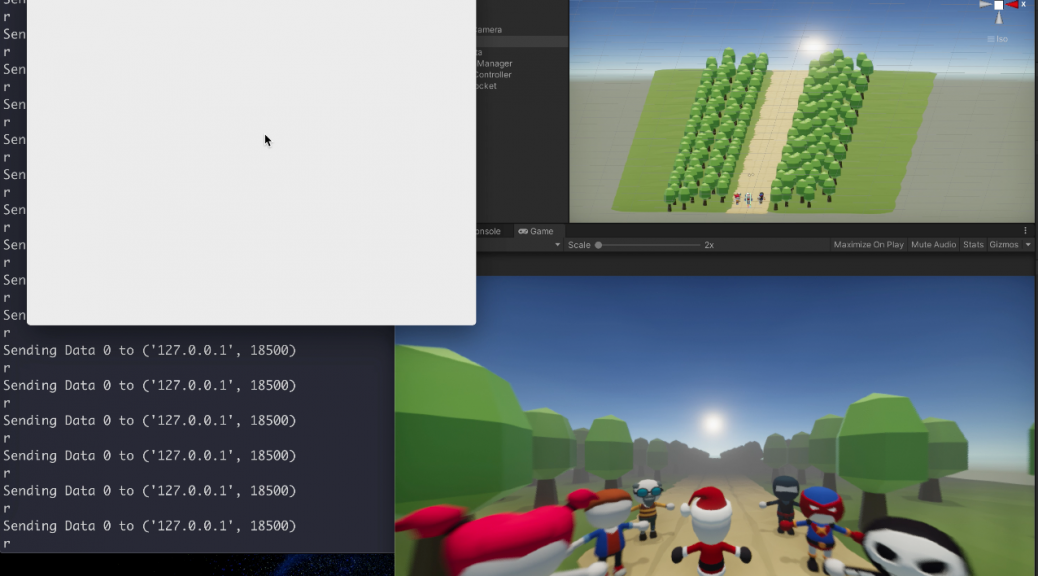Team Status Update for October 31st
This week we caught up to our Gantt Chart and got ourselves back on schedule by performing the first two integration tests. Using Kayla’s thoroughly researched experimental protocol, Tarana was able to record data for both a single electrode and an array of electrodes, and play the games that Alex has been working on the past few weeks. Our first integration test featured a single electrode and a very basic game that involved moving a ball around, which was designed…
